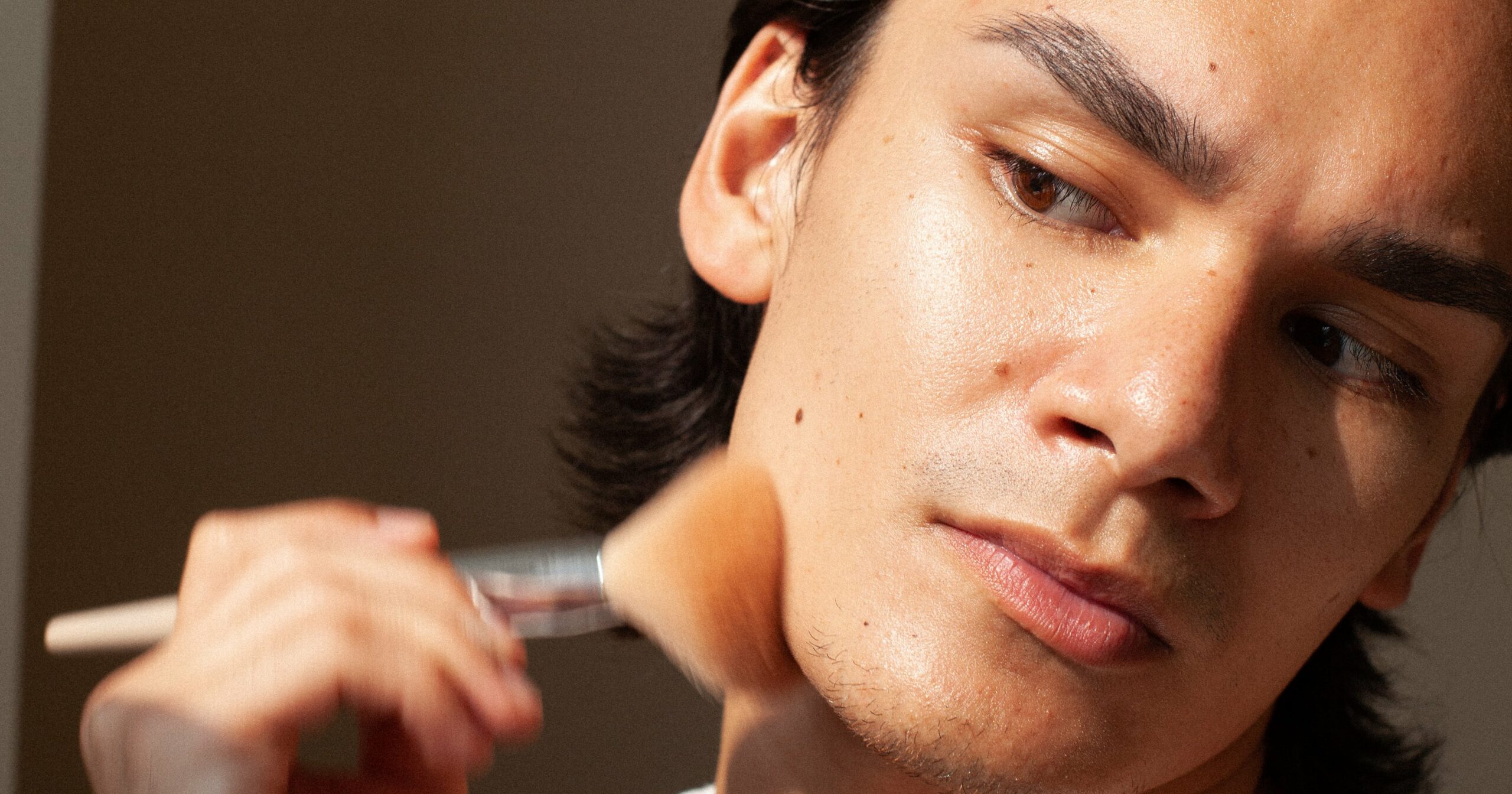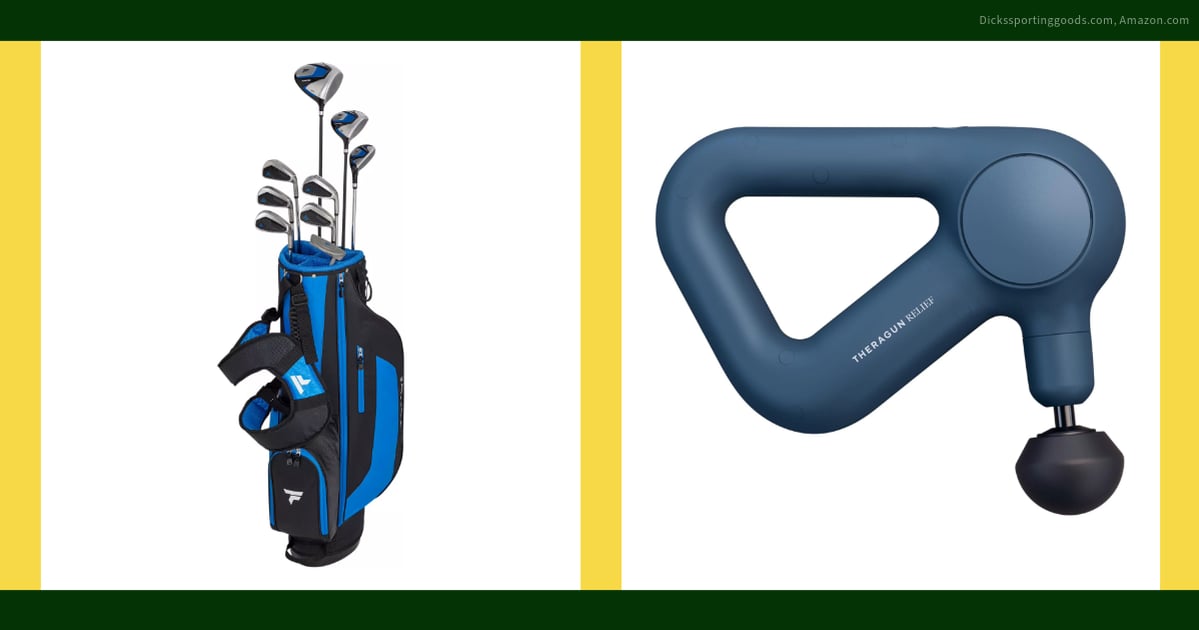Any solid makeup look begins with a smooth base. But as a professional makeup artist with acne-prone skin that becomes dry during the winter months, I recognize just how hard it can be to maintain a smooth canvas for makeup year-round. If you usually have dry skin or simply experience seasonal patches, consider me your virtual makeup mentor.
Skin prep is an essential part of a successful makeup application, but many people forget that it starts with efficacious cleansing. Cleansing your skin properly includes removing makeup and skin-care residue from the day before, as well as sloughing away dead skin cells, which can cause makeup to look patchy. My pro-level skin prep routine will keep flakes at bay – and allow your makeup beat to truly shine.
Cleanse
If your skin feels tight and sandy after you wash it, your cleanser is likely stripping the natural moisture from your skin, which can lead to a compromised skin barrier – and acne. The goal: thoroughly cleanse skin without disrupting the barrier. Since most modern makeup is formulated for extended wear, double cleansing is ideal. For dry skin, try using a hydrating cleansing balm at night to remove makeup, followed by a water-based cleanser. My skin feels so much more hydrated when I use Elemis Pro Collagen Cleansing Balm ($40) to remove my makeup.
Prep
Before you move on to makeup, saturate a cotton round with micellar water, then use circular motions to gently remove any dry skin. Bioderma Sensibio Micellar Water ($13) is my go-to. Harnessing micellar water can also remove skin care from the night before, which may be a little too emollient for under makeup. If you’ve ever had your makeup done professionally, this is usually the makeup artist’s first step before applying skin care.
Hydrate
When hydrating your skin, consider how your chosen products will interact with makeup. Look for fast-absorbing hydration that replenishes moisture without leaving your skin feeling greasy. A moisturizer that doesn’t fully absorb can cause your foundation to separate and dissipate sooner. For this reason, I recommend using a cocktail of hydrating serums with a lightweight moisturizer: Lancôme Genifique Ultimate Serum ($135), Drunk Elephant B-Hydra Intensive Hydration Serum ($50), and Krave Beauty Great Barrier Relief Serum ($28) all work well on dry skin. I layer them with Kiehl’s Ultra Face Cream ($39) and Dieux Skin Instant Angel Barrier Repair Cream ($45). Both hydrate deeply and work well under makeup.
Prime
Wait until your skin care has fully dried down, then apply primer. Avoid mattifying primers, which can further dehydrate your skin. Instead, opt for a hydrating primer to smooth any unwanted texture and create a silky base for makeup. Milk Makeup Hydro Grip Hydrating Primer ($38) is my favorite primer for dry skin; I love its staying power and the glow it imparts. It’s also water-based, so it complements most foundation formulas.
Apply
Hourglass Veil Hydrating Skin Tint ($49), NARS Light Reflecting Foundation ($54), and Makeup by Mario SurrealSkin Foundation ($44) are a few of my favorite foundations for dry skin. I recommend applying a hydrating foundation to help retain moisture throughout the day, even if you prefer a matte finish. Matte foundations can lead to a cakey effect after a few touch-ups. Instead, achieve your desired skin finish by topping a hydrating foundation with a loose mattifying setting powder. If your skin is especially thirsty, powders like the By Terry Hyaluronic Hydra-Powder 8HA ($54) boast hyaluronic acid, providing skin with a final layer of hydration.
Jonet Williamson (she/her) is a pro makeup artist and beauty educator with a belief that beauty should empower you and inspire others. Her work has been featured in commercial campaigns for Dolce & Gabbana, Nike, Barneys, Glow Recipe, and more. As a trusted voice in the beauty industry, Jonet’s expert advice has been featured by InStyle, Allure, Refinery29, Byrdie, Women’s Health, and more. Jonet is a PS Council member.




